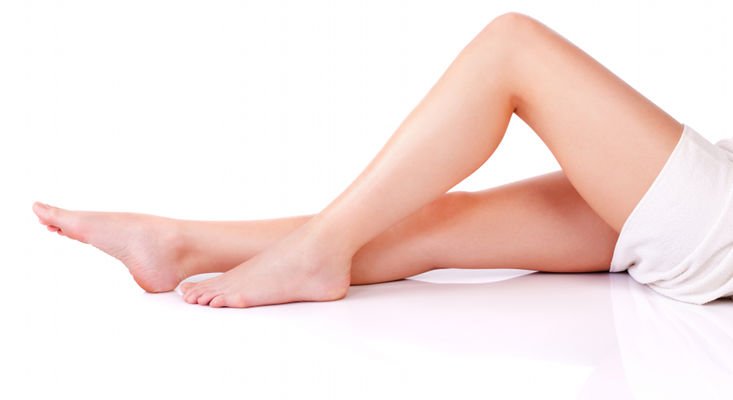


Lipotransfer or autologous fat grafting offers natural results for the correction of leg volumes. Optimisation of the technique with growth factors allows for better survival of the lipograft in the recipient area.

Lipotransfer or lipografting is a technique aimed at implanting fat tissue from the patient into areas that requires augmentation or volume correction. Optimisation of this procedure consists of enriching the fat tissue with autologous growth factors, obtained from the patient's own blood, these stimulate the vascularisation required for the lipograft to take hold and survive in the recipient area.
An optimised lipotransfer takes approximately 1.5 hours.
The procedure is divided into three stages:
After marking the donor area and calculating the volume of fat required, local anaesthesia is infiltrated.
Fat is preferably harvested from the abdomen or hips with a cannula measuring at least 3 mm in diameter, to avoid rupturing the adipocytes. The result is completed by applying dual laser power with Lipolaser, aimed at evening out the eliminated fat tissue in the donor area and homogeneously contracting the skin.
The patient's blood is extracted and centrifuged to obtain the growth factors, which are the proteins responsible for tissue repair and the creation of new blood vessels. Optimisation consists of applying the growth factors to the fat tissue, which will improve their survival in the recipient area.
A cannula is introduced through two distal incisions where the optimised fat is infiltrated, deposited at different depths in the form of pearls. This distribution encourages fixation of the lipograft in the recipient area.
Once the intervention is complete, the patient should wear an elastic compression garment that prevents displacement of the graft and controls swelling for the first 72 hours.
Given that the lipograft is from the patient's own fat, there is no risk of allergies or rejection. It is completely natural and compatible filler.
Results are immediately visible, although the permanent correction should be assessed 6 months after the lipotransfer.
Autologous fat achieves extremely natural results and an identical texture to that of the untreated adjacent tissue.
If you would like personalised information of optimised leg lipotransfer, request a free informative consultation with one of our physicians now.